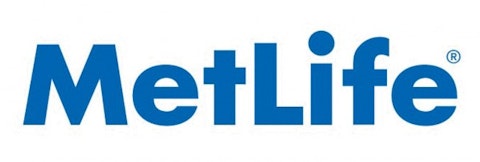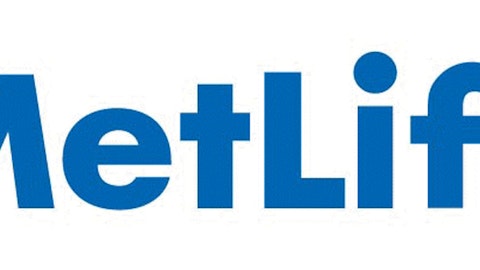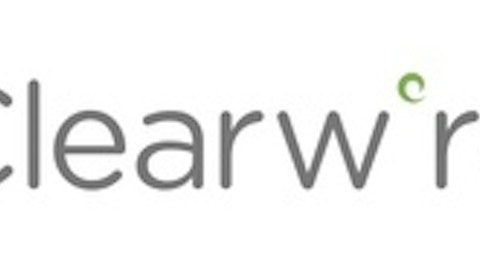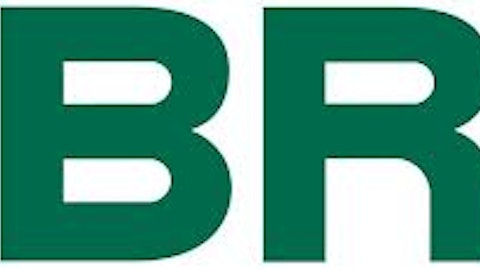Life insurance companies are major government bond investors, as they channel policy premiums into Treasuries to generate profits. Low interest rates have weighed heavily on life insurers’ investment returns and profitability over the past few years. However, as the prospects for higher interest rates improve, so will the outlooks for higher investment returns and earnings of life insurers; discover another potential market-beating strategy here.
The details
Below is a closer look at four life insurance companies yielding above 2% and showing positive price momentum. These companies pay reasonable dividend yields and represent good picks for further research by growth-oriented investors. Several featured stocks also represent good value plays.
MetLife
Metlife Inc (NYSE:MET), the largest U.S. life insurance company, topped analysts’ earnings estimates in each of the past five quarters. The insurer has shown premium growth, higher universal life and investment-type product policy fees, and improved net investment income. Its first-quarter operating earnings were up 12% from the prior year’s, while its first-quarter annualized operating return on equity was 12.7%. The insurer is targeting return on equity of at least 12% by 2016.
Metlife Inc (NYSE:MET) was earlier designated as a global systemically-important financial institution (G-SIFI), a designation that required the insurer to secure sufficient regulatory capital, which reduced its capital deployment flexibility. However, after it sold MetLife Bank, N.A.’s deposit business to a GE Capital subsidiary, Metlife Inc (NYSE:MET) stepped out of the Federal Reserve’s supervision, which improved its competitiveness and freed capital for dividends and share repurchases.
In response, Metlife Inc (NYSE:MET) boosted its dividend by 48.6% in April 2013, for the first time since 2007. Still, one should be aware that MetLife Inc. [and its peer Prudential Financial (PRU), among others] could be again designated as a non-bank G-SIFI. If decided, the designation could make Metlife Inc (NYSE:MET) and other similar non-bank G-SIFIs subject to greater regulation, higher capital levels and regular “stress tests,” as is the case with bank G-SIFI.
Two MetLife trends are currently unfolding, including the reduction in sales of higher-risk variable annuities (implying a shift to lower-risk products) and an increase in free cash flow conversion of operating earnings. This year, the company expects to see its free cash flow as a percentage of operating earnings at 27%, one point above the percentage in 2012. However, the company will boost this percentage significantly in the period 2014-2016, to a range of 35%-45%. Inter alia, this could boost the company’s flexibility in terms of dividends and buybacks. MetLife, which is trading at a 30% discount to book value, has a dividend yield of 2.6% and a payout ratio of 20% of its current-year EPS estimate.
Prudential Financial
Prudential Financial Inc (NYSE:PRU) holds more than $1 trillion in assets under management, with fixed income accounting for 61% of that total. A third of the insurer’s total attributed equity comes from individual annuity and life insurance. In recent years, as it was the case with life insurers as a whole, Prudential Financial Inc (NYSE:PRU) saw margins squeezed due to low interest rates. However, the reversal of interest rate trends will bode well for the company as it has expanded its life insurance portfolio through relevant acquisitions in the life insurance industry, including that of The Hartford’s Individual Life Insurance business through a reinsurance transaction. This deal, which closed in January 2013, broadens Prudential Financial Inc (NYSE:PRU)’s product base, provides market-leading distribution in key channels, and expands the insurer’s position in the U.S. life insurance market.






